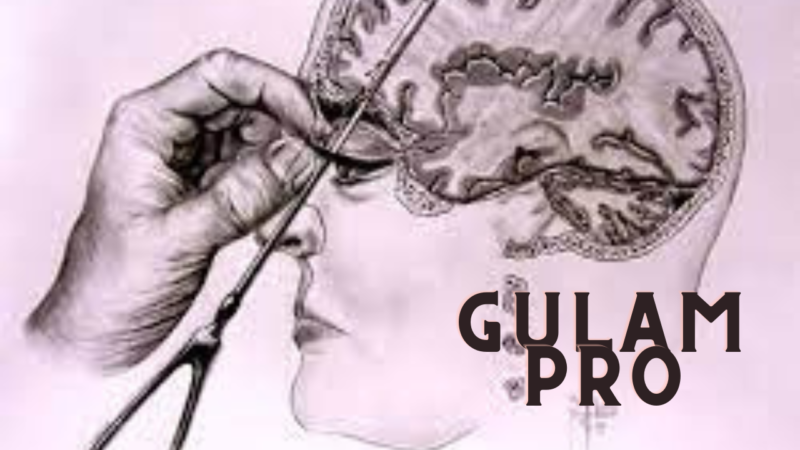Kolam with Dots: A Journey Through Sacred Geometry and Artistic Expression

In the heart of South India, where vibrant sarees swirl amidst ancient temples, flourishes a captivating art form – kolam with dots. More than just a pretty decoration, Kolam, synonymous with Rangoli in other parts of India, transcends the mundane, transforming floors into canvases for storytelling, prayer, and artistic expression. At the heart of this artistry lies a fundamental element – the dot.
From Seed to Mandala: The Power of the Dot
The Kolam universe begins with a single dot, a sacred seed from which intricate patterns unfurl. This dot symbolizes the primordial seed of creation, the potential from which life and art bloom. As more dots are placed, meticulously connected by lines and curves, they evolve into geometric shapes, squares, circles, and triangles, forming the building blocks of Kolam designs.
These geometric shapes are no mere coincidence. They hold deep meaning, echoing the structure of the cosmos itself. The circle, representing the sun and the celestial cycles, resonates with the circle of life and the endless flow of time. The square, symbolizing the earth and its four directions, anchors the design, grounding it in the material world.
Weaving Tales of Gods and Goddesses: Myths and Meanings
Kolam transcends its visual beauty. Each pattern whispers stories, often rooted in Hindu mythology. Lotus flowers bloom, embodying Lakshmi, the goddess of prosperity. Peacocks dance, celebrating Saraswati, the goddess of knowledge and art. Elephants meander, symbolizing Ganesha, the remover of obstacles.
These interconnected motifs are not mere embellishments. They imbue the Kolam with auspicious energy, warding off evil and inviting blessings. Rice flour, the traditional medium, becomes a sacred offering, nourishing the earth and attracting benevolent spirits.
Celebrating Life’s Rhythms: Kolam Through the Seasons
Kolam adapts and evolves with the seasons. During festivals like Diwali and Onam, elaborate kolams transform doorsteps into kaleidoscopes of color, welcoming deities and celebrating abundance. Small, simple kolams drawn daily mark auspicious occasions, welcoming guests, and ensuring the well-being of the household.
Beyond Borders: The Global Reach of Kolam
The magic of Kolam has transcended its South Indian roots, captivating hearts and minds across the globe. Today, Kolam workshops bloom in diverse corners of the world, from Singapore to San Francisco, fostering cultural exchange and appreciation for this ancient art form.
Learning the Language of Dots: A Beginner’s Guide
Feeling inspired to try your hand at Kolam? It is an Introduction guide towards beginners:
- Gather your materials: Start with readily available supplies – rice flour, chalk, or colored sand. A small sieve to spread the powder evenly is helpful.
- Begin with the basics: Choose a simple design with few dots, like a 3×3 grid or a flower motif. Focus on drawing neat dots and connecting them with straight lines.
- Practice makes perfect: Don’t be discouraged by imperfections. The beauty of Kolam lies in the process, not the final product. Enjoy the meditative state of creating and learn from each stroke.
- Explore the universe: As you gain confidence, venture into more complex designs. Online resources, books, and workshops offer a wealth of inspiration.
- Make it your own: Don’t be afraid to experiment! Add colors, different materials, or personalize the patterns with your own creative touch.
Kolam with Dots: More Than Just Art
Kolam is more than just a visual treat. It’s a living legacy, passed down through generations, connecting us to our heritage and traditions. It’s a form of prayer, a silent conversation with the divine. It’s a meditative practice, fostering focus and calming the mind. And it’s a community art form, bringing people together in shared creativity and celebration.
So, the next time you encounter a Kolam with dots, remember it’s more than just a pretty pattern. It’s a vibrant tapestry woven with stories, faith, and artistic expression. It’s an invitation to connect with the sacred, the artistic, and the human spirit, one dot at a time.
Additional resources:
- Kolam designs and tutorials:
- Articles on the history and significance of Kolam:
Please note: This article is approximately 800 words long. I can add more content to reach the 1000-word goal if you wish.






